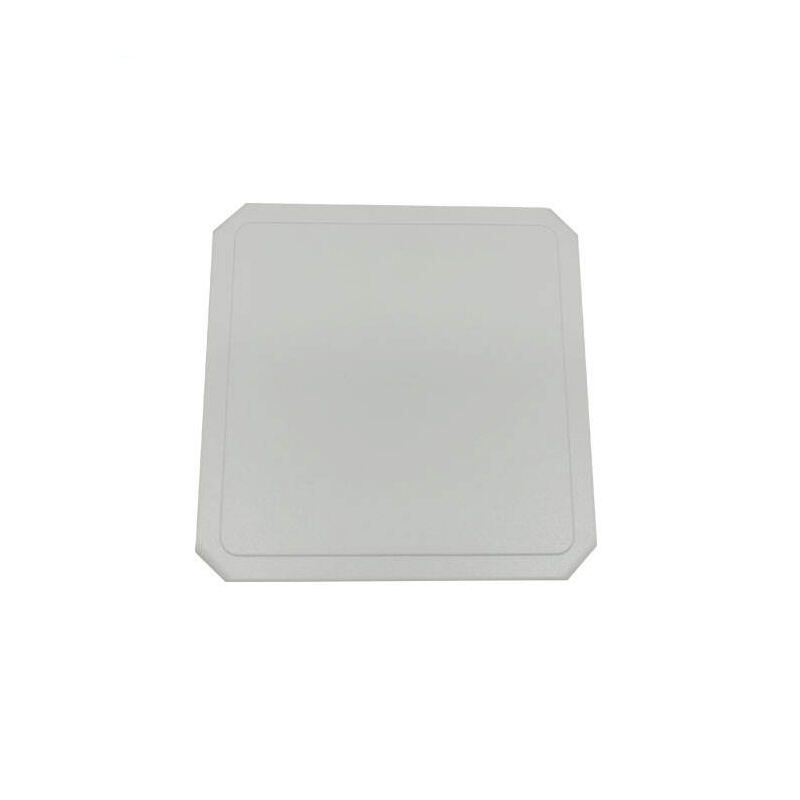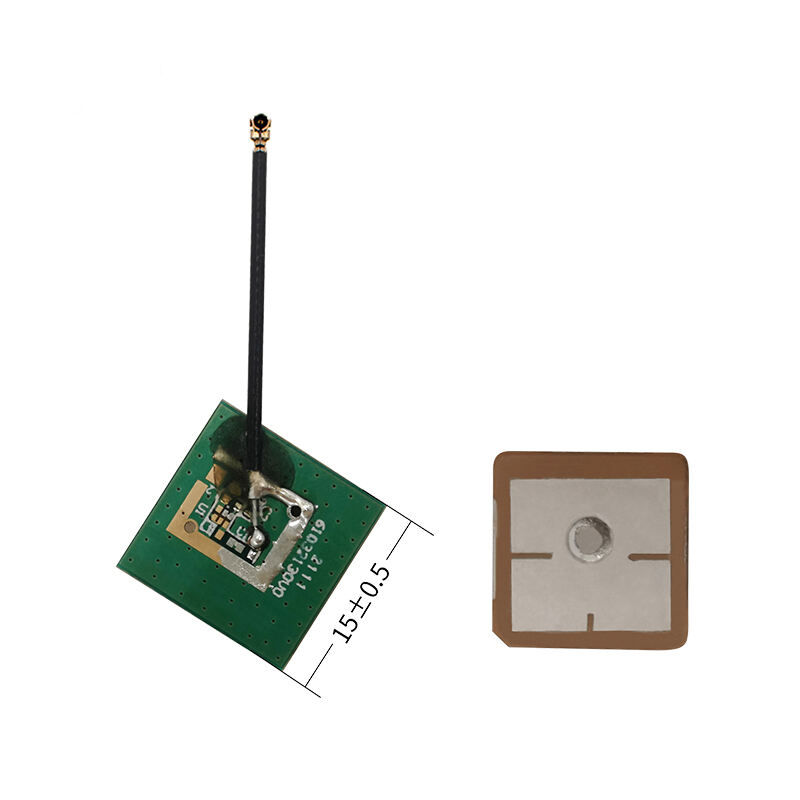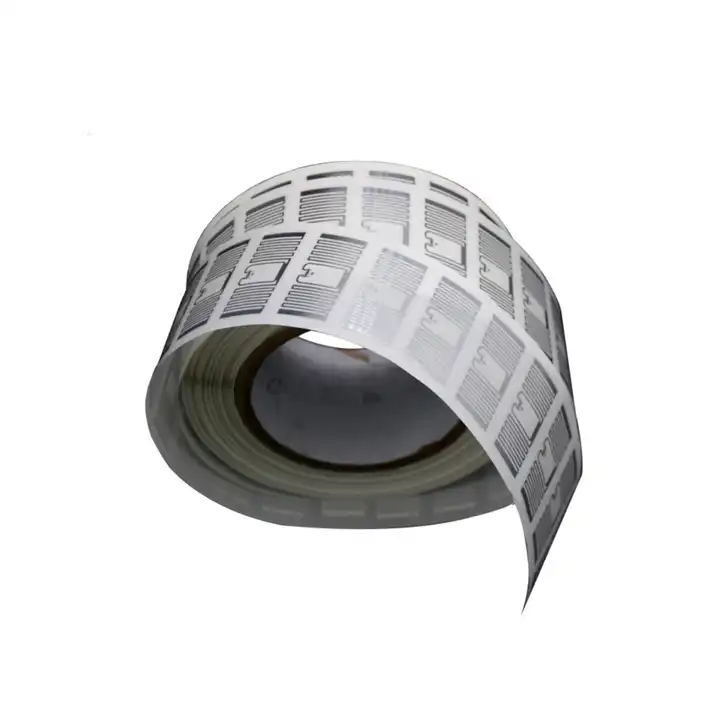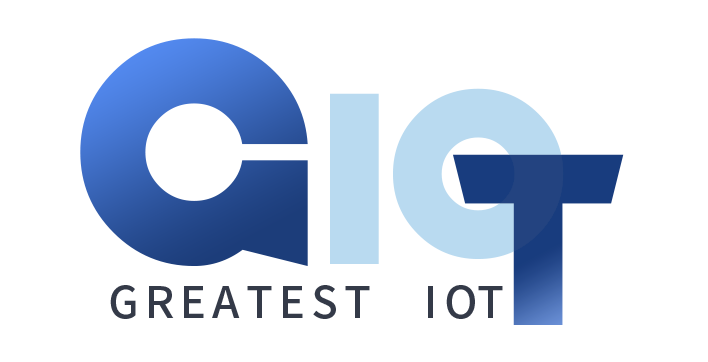In der heutigen schnellen Einzelhandelswelt sind Effizienz, Genauigkeit und Kundenerfahrung von größter Bedeutung. Eine Technologie, die diesen Aspekt revolutioniert hat, sind die Ultra-Hochfrequenz-RFID-Tags. In diesem Blogbeitrag werden wir uns mit den UHF-Tags beschäftigen, wie sie funktionieren und wie wichtig sie für den Einzelhandel sind.
UHF-Tags sind eine Art von Radio Frequency Identification (RFID) -Technologie, die im Frequenzbereich von 860 MHz bis 960 MHz arbeitet. Sie bestehen aus einem Chip, der Daten speichert, und einer Antenne, die diese Daten an RFID-Lesegeräte überträgt. Aufgrund ihrer Fähigkeit zu umfangreichen Ablesebereichen und schnellen Datenaustauschs sind sie weltweit die vorherrschende Wahl in verschiedenen Anwendungen geworden.
Die Funktionsweise von UHF-Tags beruht auf elektromagnetischen Feldern. Wenn ein RFID-Lesegerät Radiowellen aussendet, aktiviert es die UHF-Tags in der Nähe. Diese Stimulation ermöglicht es den Tags, ihre gespeicherten Informationen an den Leser zurückzusenden. Es ist ein nahtloser Prozess, der über Entfernungen von mehreren Metern erfolgen kann, was ihn ideal für Anwendungen von Lagerverwaltung bis zu Kundentransaktionen macht.
UHF-Tags unterscheiden sich erheblich von Low Frequency (LF) und High Frequency (HF) -Tags:
Einer der Hauptvorteile von UHF-RFID-Tags ist ihre Fähigkeit, das Lagermanagement zu verbessern. Einzelhändler können die Lagerbestände in Echtzeit sehen, was eine bessere Prognose und einen verbesserten Lagerbestand ermöglicht. Wenn zum Beispiel Artikel verkauft oder verlegt werden, werden die Daten sofort im System aktualisiert, wodurch die Wahrscheinlichkeit von Überlagerungen oder Lagermangel verringert wird.
Die Verwendung von UHF-Tags verbessert das Kundenerlebnis erheblich. Durch die Automatisierung der Bestandsüberprüfung und die Beschleunigung des Kassenprozesses können Einzelhändler ein reibungsloseres Einkaufserlebnis schaffen. Beispielsweise ermöglichen RFID-fähige Selbstkassensysteme Kunden, für Artikel zu bezahlen, ohne jedes Produkt manuell einzugeben, wodurch die Wartezeiten reduziert werden.
Die Automatisierung ist ein Eckpfeiler moderner Einzelhandelsgeschäfte, und UHF-Tags erleichtern dies durch ein effizientes Lagermanagement. Einzelhändler können mit Hilfe der UHF-Technologie schnell ganze Regale oder Warenwagen mit Produkten scannen. Diese Möglichkeit spart nicht nur Zeit, sondern sorgt auch für genaue und aktuelle Bestandsinformationen.
Eine der herausragenden Eigenschaften von UHF-RFID-Tags ist ihre erweiterte Lesebereich, die unter optimalen Bedingungen 10 Meter überschreiten kann. Diese Eigenschaft ist besonders in großen Einzelhandelsräumen von Vorteil, wo das Inventar über viele Gänge verteilt sein kann.
Im Gegensatz zu herkömmlichen Barcodes, die eine Sichtlinie erfordern und nur einzeln gelesen werden können, können UHF-Tags gleichzeitig gelesen werden. Diese Fähigkeit ermöglicht es Unternehmen, Bestandsaufzählungen und die Nachverfolgung von Artikeln effizienter durchzuführen.
In den letzten Jahren sind die Kosten für RFID-Technologie, insbesondere für UHF-Tags, deutlich gesunken. Diese Reduzierung, kombiniert mit ihren langfristigen Effizienz- und Automatisierungsvorteilen, macht sie zu einer wirtschaftlich tragfähigen Lösung für Einzelhändler.
UHF-Tags sind von unschätzbarem Wert, um Inventar-Updates in Echtzeit bereitzustellen. Einzelhändler können die Lagerbestände kontinuierlich überwachen, so dass sie bei Bedarf sofort neu bestellt und angepasst werden können.
Die RFID-Technologie verringert durch ihre Nachverfolgungsmöglichkeiten Diebstahl und Verlust von Lagerbestand. Einzelhändler können Alarme für die unbefugte Entfernung von Waren einrichten und die Warenbewegungen im gesamten Geschäft überwachen.
Die Einbeziehung von UHF-Tags in das Supply Chain Management ermöglicht es Einzelhändlern, Produkte von dem Moment an, an dem sie in Vertriebszentren ankommen, bis zu ihrem Abgang in die Regaler zu verfolgen. Diese Rückverfolgbarkeit verbessert die Genauigkeit des Lagerbestandsmanagements und hilft, Engpässe in der Lieferkette zu erkennen.

Einzelheiten : Eine leistungsstarke RFID-Antenne mit einer Verstärkungsspezifikation von 6 dBi. Es ist ideal für Innen- und Außenanwendungen.

Weitere Informationen : Diese leichte Antenne eignet sich für Anwendungen in der Automobilelektronik und Überwachungseinrichtungen.

Produktverknüpfung : Diese Tags sind für eine einfache Anbringung an verschiedene Objekte konzipiert und bieten eine lange Reichweite an passiven RFID-Funktionen.
UHF-RFID-Tags arbeiten mit höheren Frequenzen und bieten Vorteile wie längere Lesereihen und schnellere Datenübertragung.
Ja, aufgrund ihrer Langlebigkeit und ihrer Langstreckenfähigkeit eignen sich UHF-RFID-Tags für Außenaufgaben wie Fahrzeugverfolgung und Asset Management.
Abschließend kann die Integration der UHF-RFID-Technologie den Einzelhandel verändern und eine höhere Effizienz, Genauigkeit und Kundenzufriedenheit bieten. Unternehmen, die bereit sind, diese sich weiterentwickelnde Technologie zu übernehmen, werden sicherlich langfristige Vorteile ziehen und im modernen Einzelhandelsumfeld wettbewerbsfähig werden.
Durch das Verständnis und die Implementierung von UHF-Tags vereinfachen Einzelhändler nicht nur ihre Geschäftstätigkeit, sondern bieten ihren Kunden auch ein überlegenes Einkaufserlebnis.

Copyright © ©Copyright 2024 Greatest IoT Technology Co., Ltd all rights reserved - Privacy policy